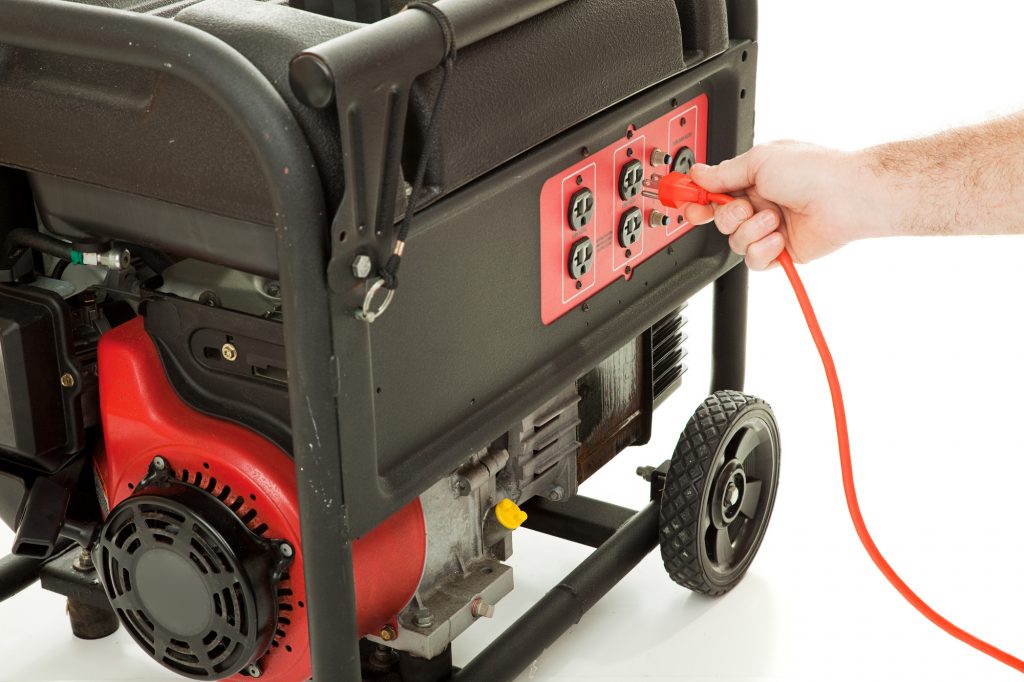How Does a Generator Produce Electricity? Everything You Need to Know
The aging US power grid is an innovation from the last mid-century. Now, more than 50 years later, the American Society of Civil Engineers rates it a D-minus.
Its lifespan is almost over, and grids are at capacity. The result is more power interruptions. Couple this with fiercer each year, and we’ve got more homes than ever in the dark. If there’s storm damage as well, power outages can last weeks.
This makes generators a necessary home appliance in some areas. In fact, for public services such as hospitals, backup generators are an integral part of the construction. So, how does a generator produce electricity?
Whether they are for a single home or a major airport, they all work on the same basic principle. Here’s how.
Generators Don’t Actually Make Electricity
Though we may think of grids and transformers as creating electricity, the truth is, they don’t. At its core, electricity is energy. The way we harness energy can differ.
Solar panels, wind turbines, and nuclear plants harness energy. Then it’s converted to power. There is a constant source of energy around the earth.
Once solar panels, turbines, and nuclear plants tap into that power, generators are responsible for the conversion of energy into electricity.
Magnets and Magic
Generators create energy with a spinning electromagnet (armature) and a stationary field (stator). Most of us are familiar with the power of a magnetic field, and how it can move objects like magic.
This energy produces an electrical current. The power to run the armature can come from a small gas-powered engine.
For industrial sizes, an enormous wind turbine can do the same. Of course, the size of the generator makes a vast difference in the amount of output.
How Many Volts Does It Take to Charge a Light Bulb?
We often gauge generators by how much work they can do. A portable generator may work for tools, but can’t power a home appliance.
Large, industrial generators can power an entire warehouse or public building. The amount of current and voltage the engine produces determines the output of watts.
Wattage is a measurement we see on everything from light bulbs to microwave ovens. So, a home generator which puts out 2,000 watts can run 200 light bulbs (100 watts).
No one needs that many light bulbs. But, the 2,000 watts can also run a refrigerator, coffee maker, and television.
How Does a Generator Produce Electricity for Large Areas?
How a generator works does not change, but the size and means of power does. Large generators from Able Sales which produce up to 800k watts.
This requires a six-cylinder engine or the size a car needs. This type of machine has an automatic start and can run in any weather.
These commercial generators are necessary to support businesses, small grids, and public services. If you are a homeowner or a business owner, the question to ask is how does a generator produce electricity for you?
What the Best Generator For Your Home?
Finding the safest and least expensive generator is a great start. Check our first-time buyer’s guide for more help!

